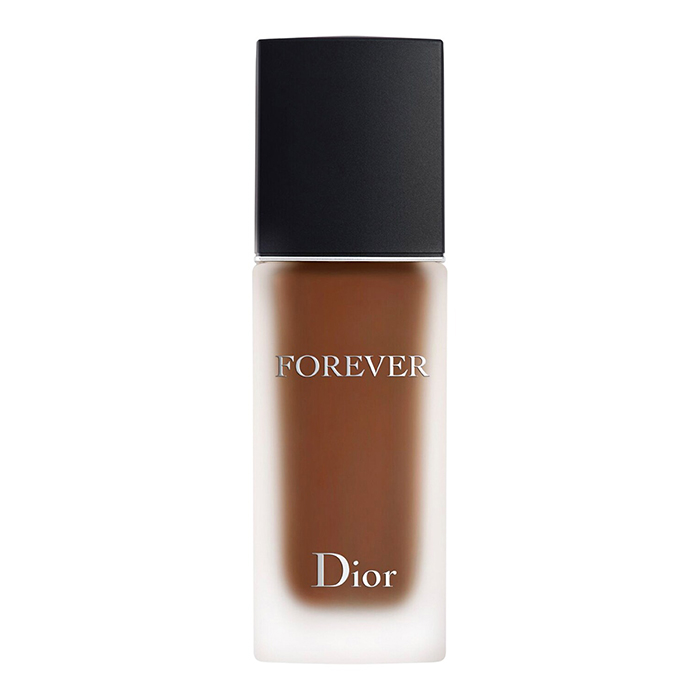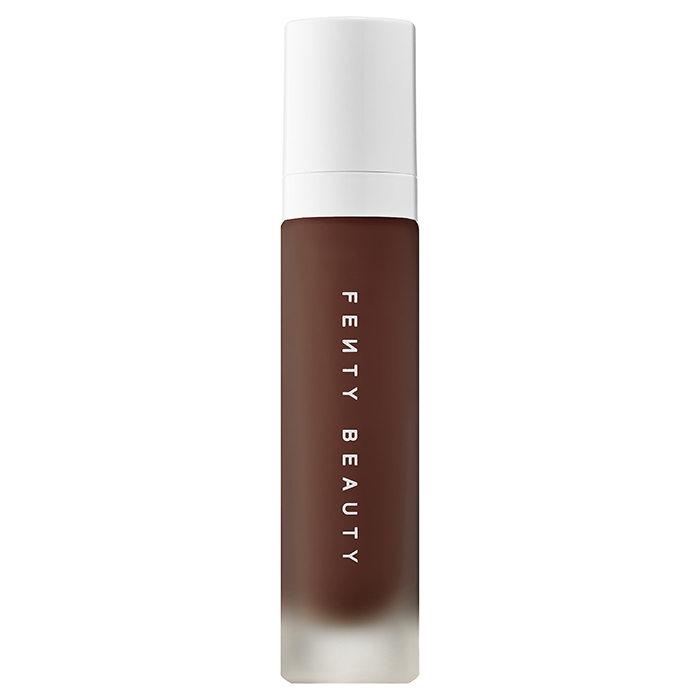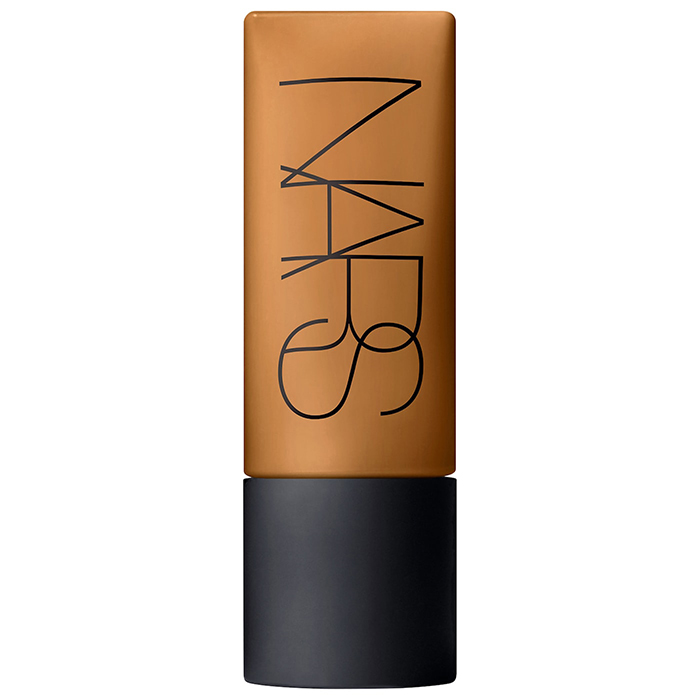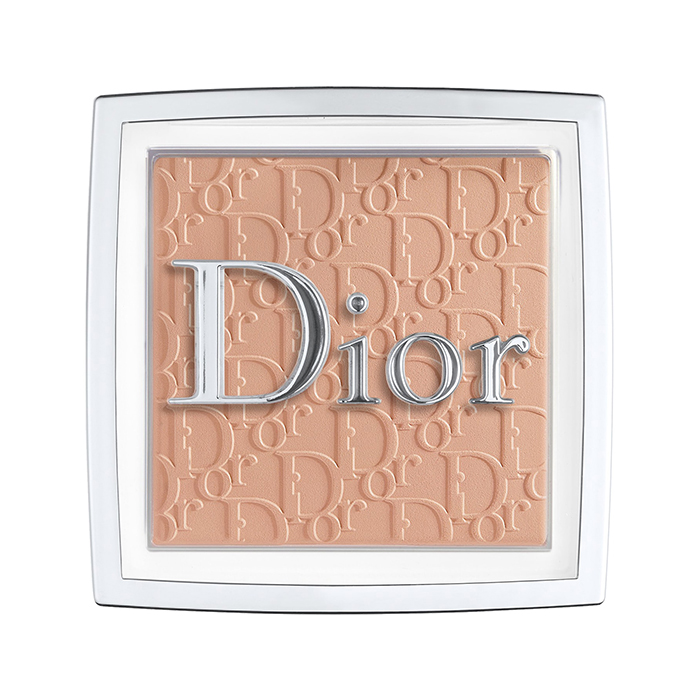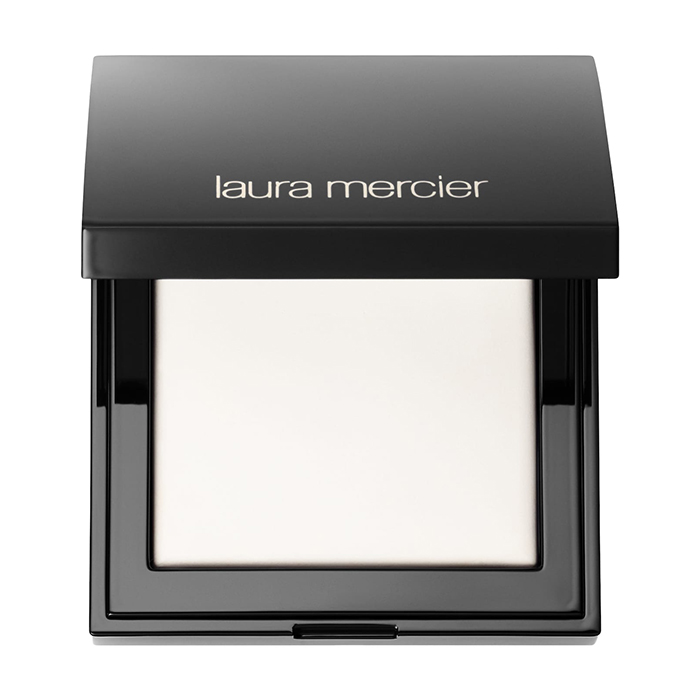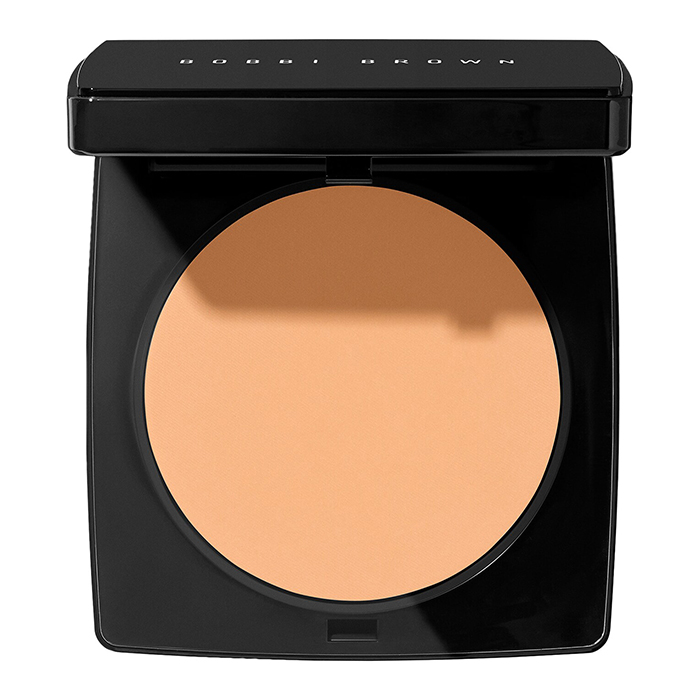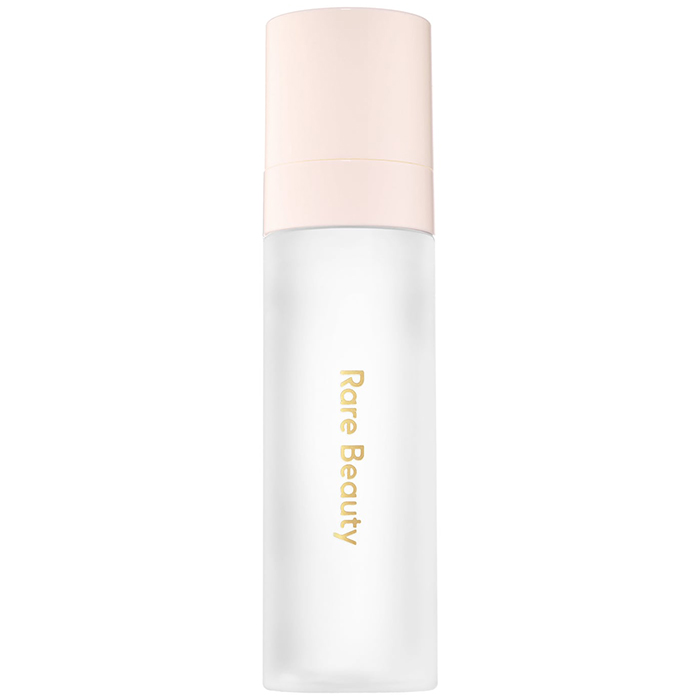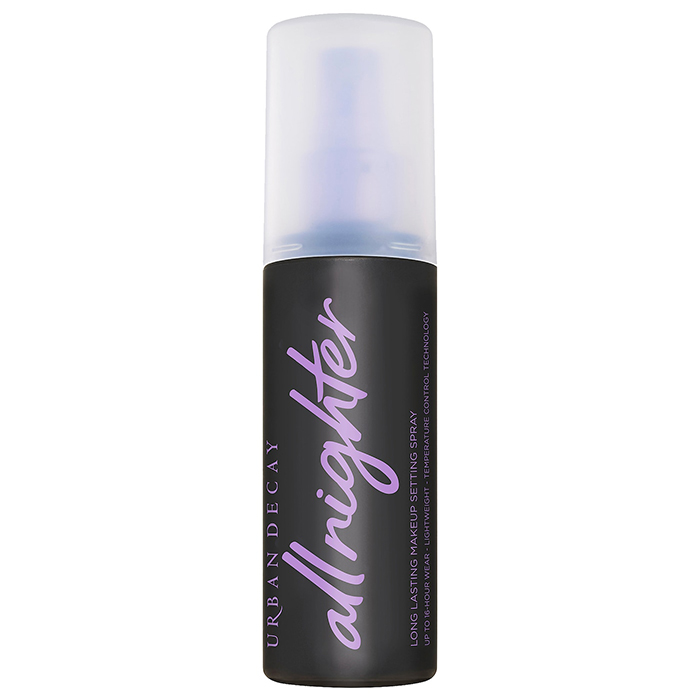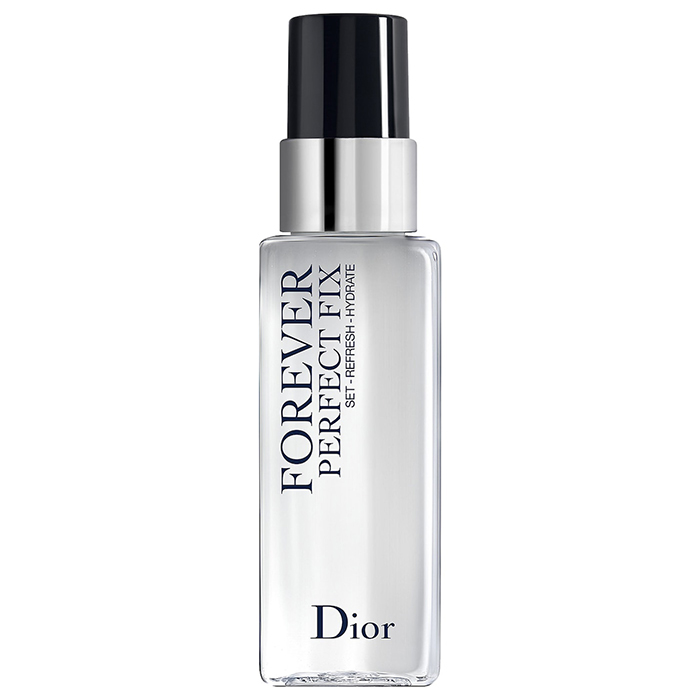A Dior Makeup Artist Told Me About 3 Easy Products That Make Skin Look Filtered
Before he was working with some of the biggest celeb names, Sam Visser's creativity and unique take on makeup caught the eye of Kris Jenner when he was just a teenager, which helped catapult him to fame. Now, the L.A.-based makeup artist is heavily in-demand, landing a coveted deal as a Dior U.S. makeup artist ambassador, and he is on speed dial for the celebrity set, including A-listers Bella Hadid, Kaia Gerber, and Lily-Rose Depp.
Whether he's jetting off to Cannes to craft buzzy red carpet looks or behind the scenes for the latest cover shoot lensed by Inez and Vinoodh, his makeup is designed to look flawless in photos. I recently had a chance to sit down with Visser and was curious about his approach to creating the ultimate photo-ready beauty look. Not only did he spill his secrets for photogenic makeup, but he also shared his approach for skin that actually reads as filtered on camera. Ahead, discover the three key products he relies on for the "filtered" effect.
Extra Foundation

Step one of creating a "filtered" look for photos, according to Visser? Making sure to even out skin tone and discoloration using foundation with a slightly heavier hand than you would normally apply. "The camera definitely picks up on differences in the skin tones and unevenness, so keeping the skin feeling very flawless makes the makeup very photogenic [and] really beautiful for the camera," explains Visser. "Applying a little bit more [makeup] than you would for day-to-day really creates that flawless base." More coverage might read as heavy in person, but when it's done in the right way, it creates the illusion of perfect skin on camera.
Mattifying Powder
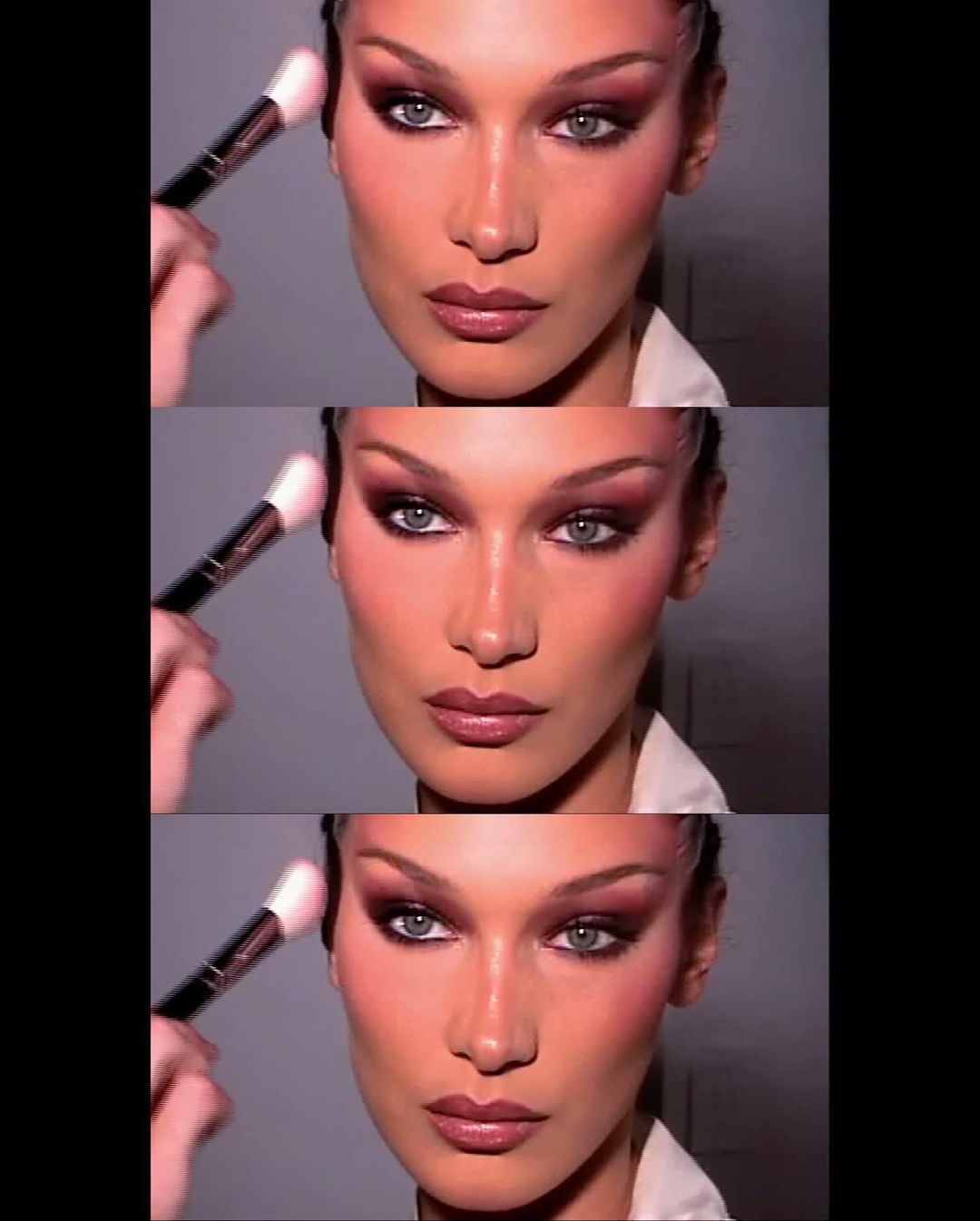
Along with the right foundation coverage, Visser emphasizes the importance of powder. "Powder is definitely a major key. Making sure your T-zone has no oil in it makes the makeup look flawless for the camera," he says. "The camera loves skin that has a bit more of a matte finish in the T-zone, and it definitely makes the skin look more even overall with powder."
Curious for some pro application tips, I asked Visser where, exactly, a mattifying powder should be applied, and it all comes down to the T-zone, the true key to unlocking a filtered effect. "The T-zone, when that's powdered, creates a very flush, very flawless effect on the face, almost like a filter. That's kind of what a filter usually does—even out your T-zone—so when you have powder, it blurs and mattifies."
If you're looking for a tried-and-true product that Visser uses on celebrity clients, his top pick is the Powder-No-Powder from Dior: "[It has a] very airbrushed effect without looking super powdery." If you'd prefer to stay away from pressed powders, he also recommends loose powders that have a mattifying effect.
Setting Spray

If matte products make you nervous, Visser has one more trick up his sleeve for the ultimate "filtered" skin: fixing spray. "I love a fixing spray, and Dior does a beautiful fixing spray. It really just adds glow to your skin," Visser tells me. "I usually use a finishing spray to knock back the effect of overly matte makeup because there's that in-between where makeup is too matte or is too oily or just right, and I feel like the setting spray makes makeup just right."
Next: A Chanel Makeup Artist Told Me the 4 Biggest Beauty Trends of 2022
Kristen Nichols is the Associate Director, Special Projects at Who What Wear where she oversees luxury, runway content, and wedding features, and covers fashion within the luxury market, runway reporting, shopping features, trends, and interviews with leading industry experts. Kristen has worked with brands including Prada, Chanel, and Tiffany & Co., and her style has been featured in publications including Vogue.com, Vogue France, WWD, and the CFDA. Kristen began her career at Rodarte, where she worked on styling, photo shoots, and runway shows, and at Allure, where she moved into print and digital editorial. She graduated from the University of Southern California, where she studied art history and business, and currently lives in New York.
